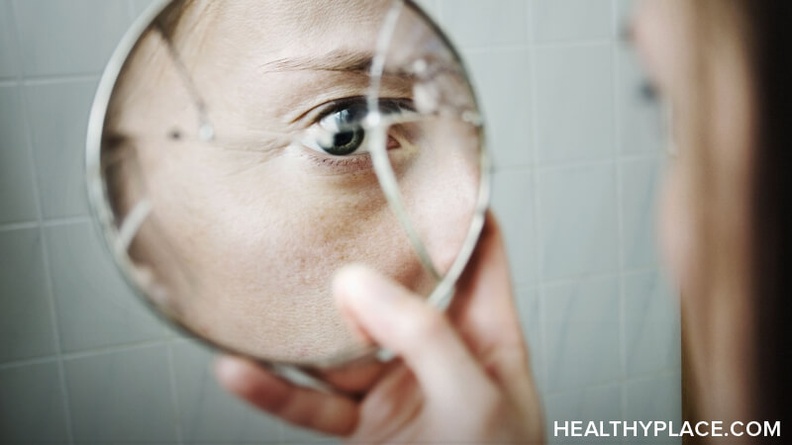Shame and Trauma in the Queer Mental Health Community

As a lesbian who lives life outside of the closet, I have experienced my fair share of shame regarding my sexual orientation and gender expression. The LGBTQIA+ mental health community does not only experience shame based upon their sexual orientation, gender identity, and gender expression. These individuals also have to navigate shame feelings stemming from trauma experienced in their pasts.
What Shame Can Look Like in the LGBTQIA+ Mental Health Community
I am all too familiar with the feelings of shame. After years of abuse as a child, I began to feel shameful in my teenage and young adult years. My shame feelings stemmed from my abuser and why I had allowed him to cause the trauma he did. These irrational and shameful thoughts become negative self-talk we are not even aware of most times.
When I came out as a lesbian and entered the LGBTQIA+ community, I began to experience a different side of shame. I began to feel shameful for my sexual orientation and my gender expression. Years of finding my way through the LGBTQIA+ community and its naysayers led to shame seeping in slowly until it filled me up.
This shame can be all-encompassing. Shame can be the catalyst that causes LGBTQIA+ individuals to doubt their orientation or gender identity. This internalized shame can lead to depression and anxiety surrounding all things involving our sexual orientation, gender identity, and gender expression. Our community deals with many traumas that go unseen by most. If you have ever experienced trauma, you are well aware of the shame trauma can breed.
Trauma Breeds Shame for the LGBTQIA+ Mental Health Community
The following are just a few ways the LGBTQIA+ community may endure repeated trauma's: misgendering someone due to not understanding or agreeing with their chosen gender identity, using pronouns that feel more comfortable even if they go against what an individual has asked to be addressed by, coming out to parents who do not accept you and searching for gender-affirming mental health care. After months or years of these repeated traumas, is it hard to believe that shame can become a central theme in an LGBTQIA+ individual's life?
I found my way through the shame by leaning into those feelings. Whenever I would feel shameful regarding my LGBTQIA+ identity, I would remember these feelings will pass. I stopped faulting myself for feeling shame and dug deep to find the root. Many times our shame root can begin with the trauma we experienced in our past. Remembering that our shame stems from other emotions such as fear or disappointment can help us be a bit easier on ourselves in the moment.
What has been your experience with shame in the LGBTQIA+ community? What ways have you found to cope with and change these recurring shame thoughts?
APA Reference
Nolasco, M.
(2021, June 20). Shame and Trauma in the Queer Mental Health Community, HealthyPlace. Retrieved
on 2025, December 1 from https://www.healthyplace.com/blogs/thelifelgbt/2021/6/shame-and-trauma-in-the-queer-mental-health-community